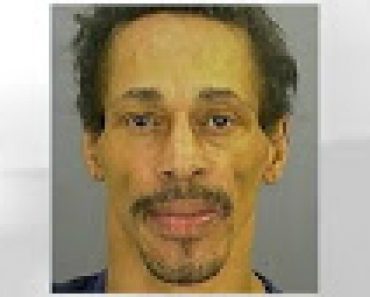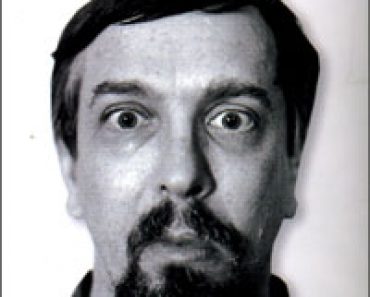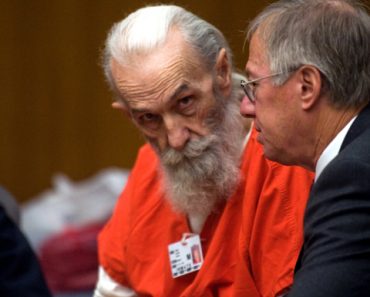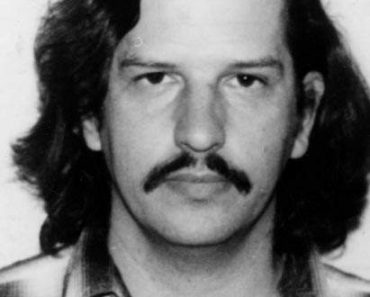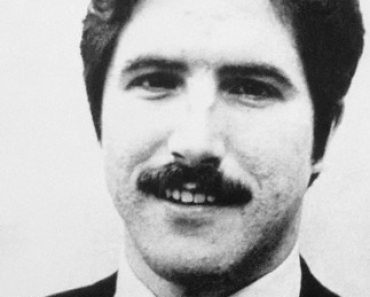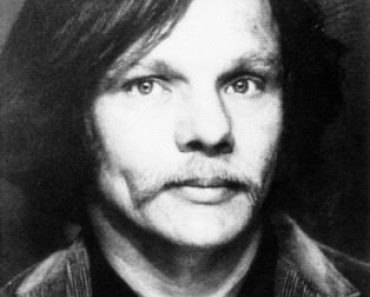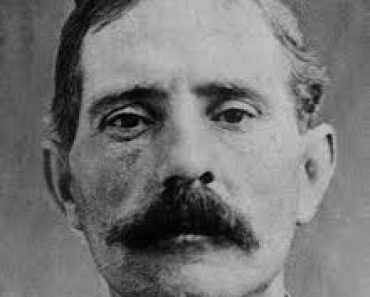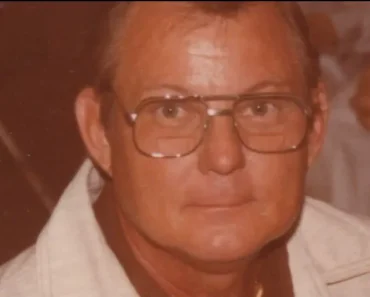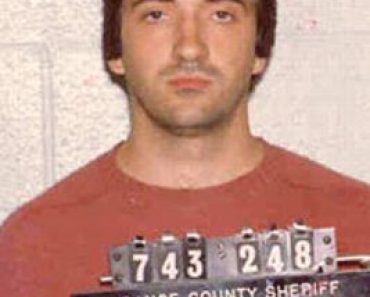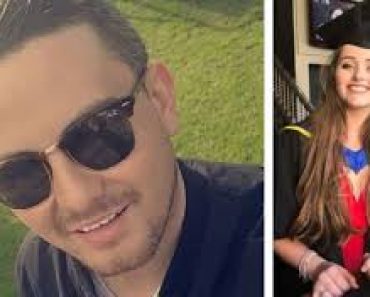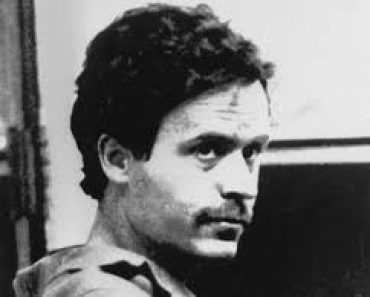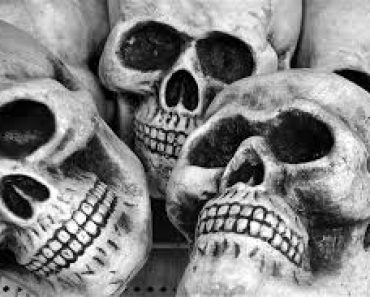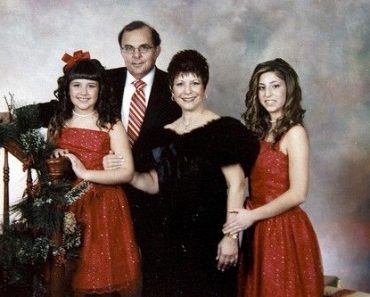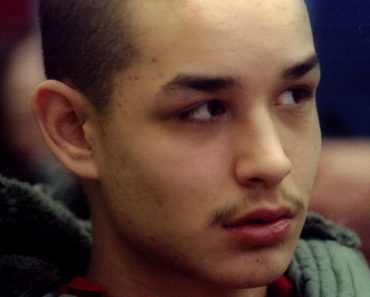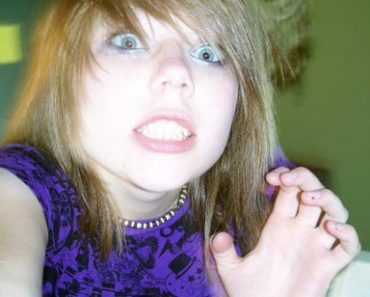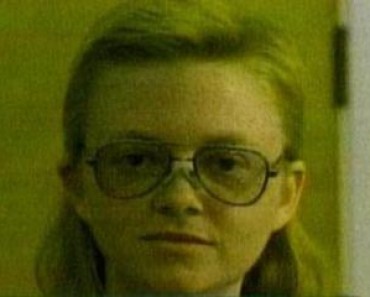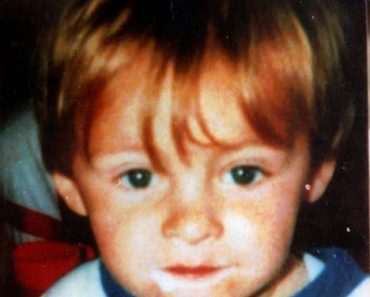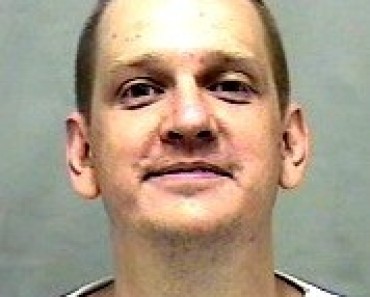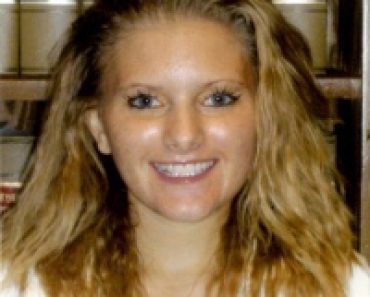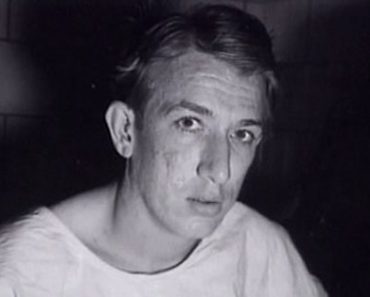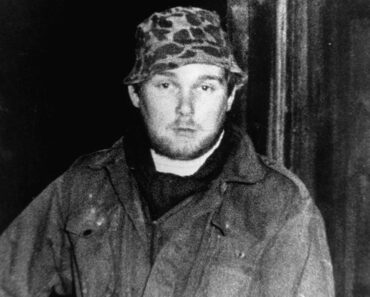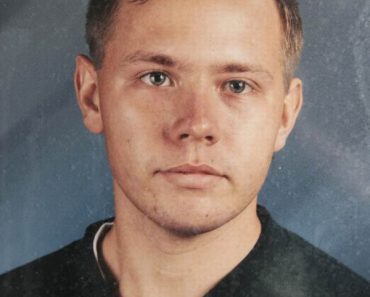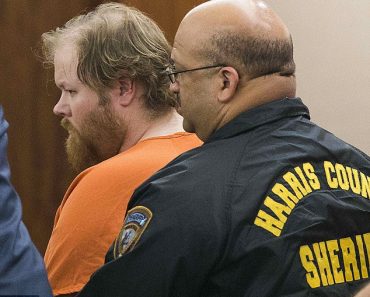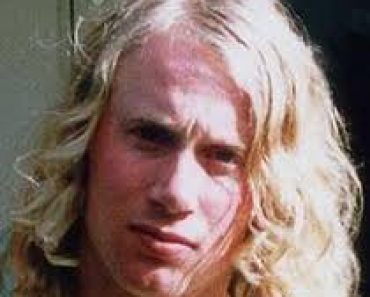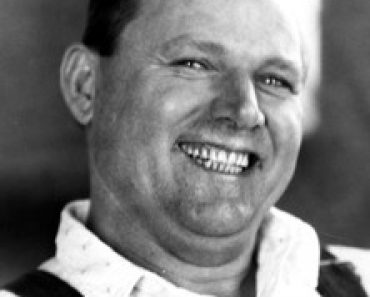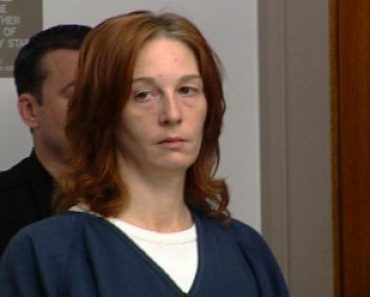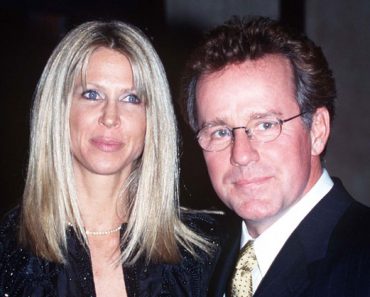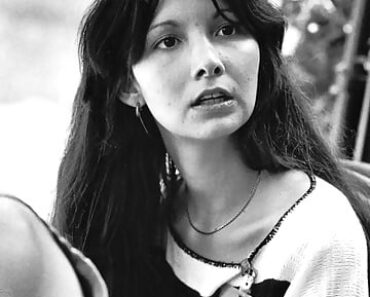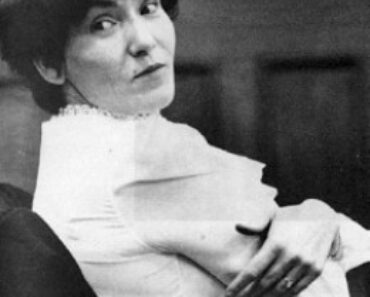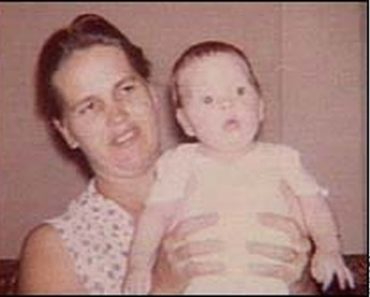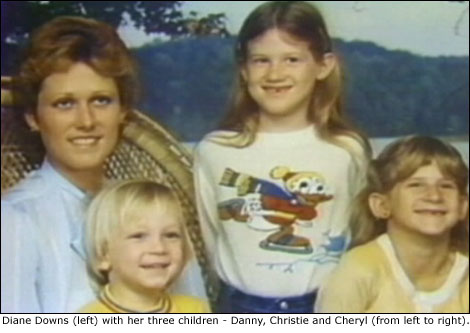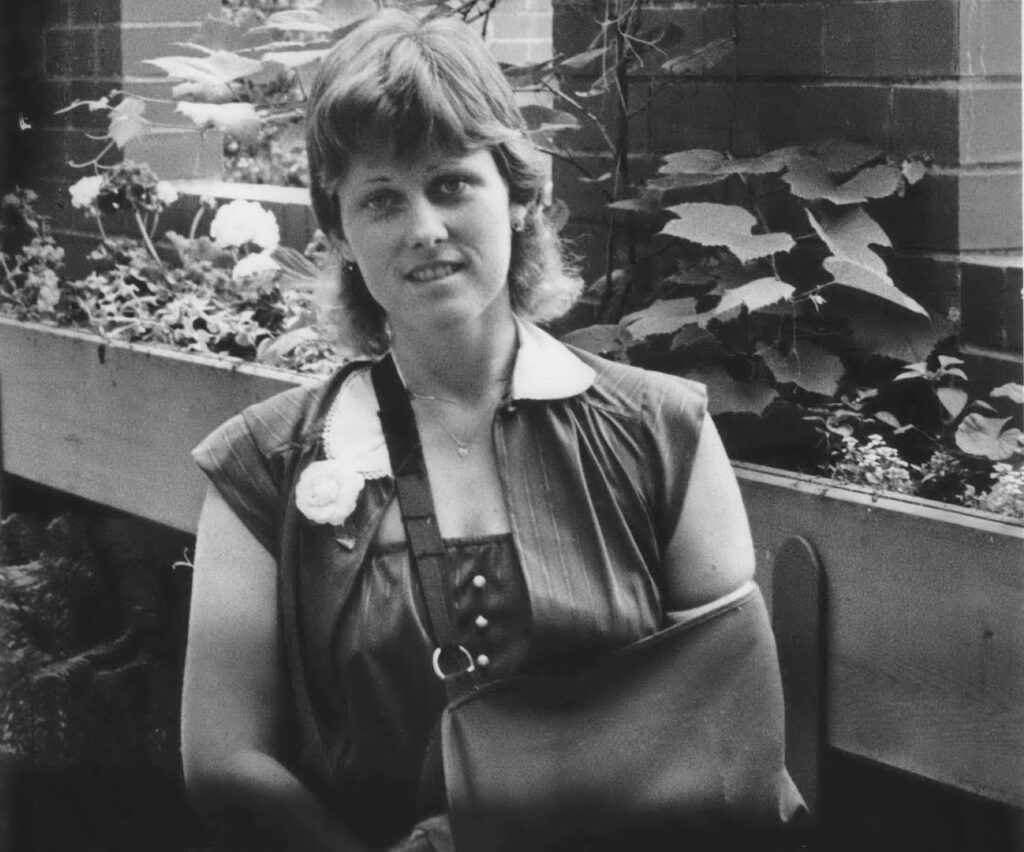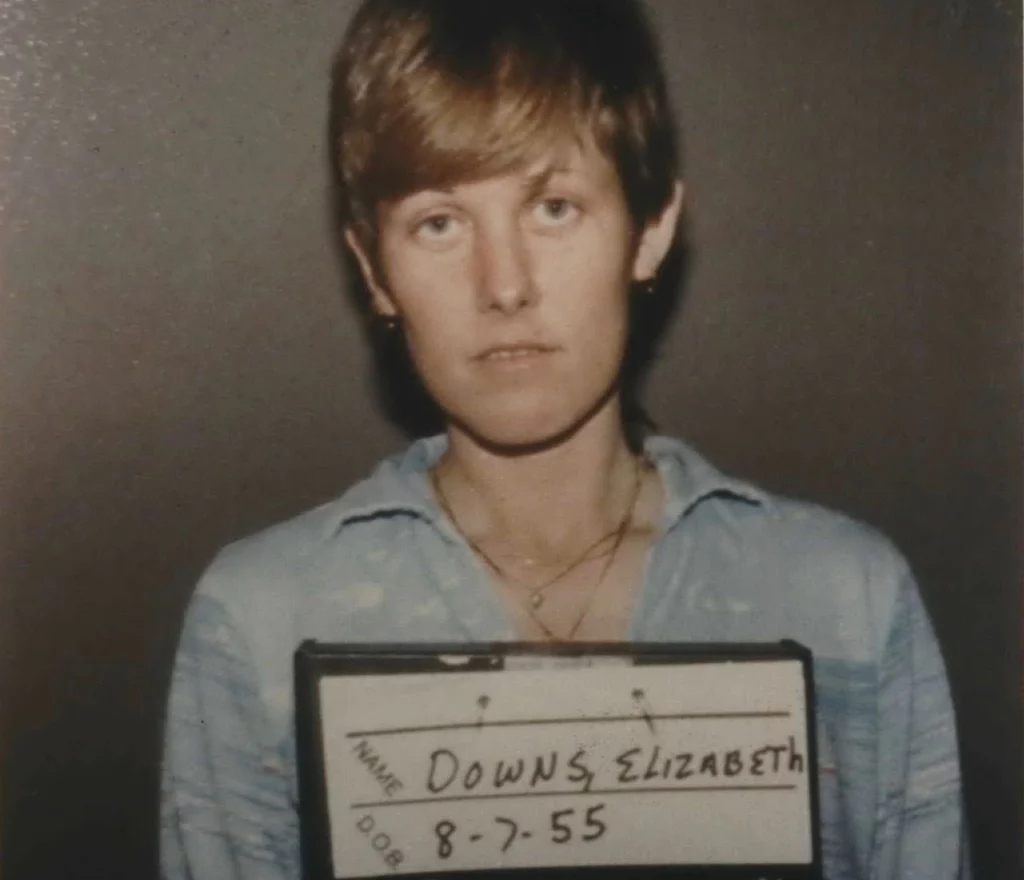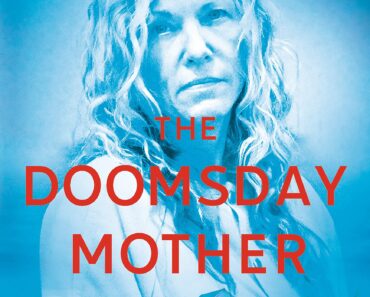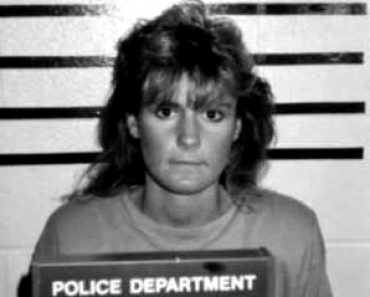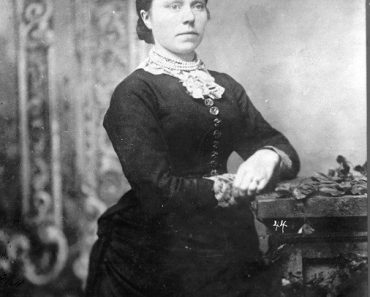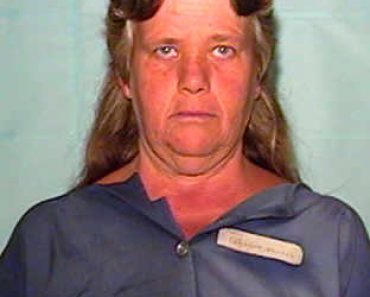Elizabeth Downs – Shot Her Three Children – For Love but Not For Theirs
This site contains affiliate links. We may, at no cost to you, receive a commission for purchases made through these links

Elizabeth Downs
Unwanted Child Filicide
All To Gain Her Man
May 19, 1983
Elizabeth Downs is an American convicted murderer. On May 19, 1983, in Springfield Oregon, she shot her three children, killing one. She then told police a stranger had attempted to carjack her and had shot the children. In truth, Elizabeth had a motive to get rid of her children. Her boyfriend at the time did not want kids.
She was convicted in 1984 and sentenced to life in prison. She briefly escaped in 1987 but was recaptured. She was denied parole in December 2008 and again in December 2010. She was eligible again, at age 65, in March of 2021.
Elizabeth Downs remains incarcerated at the Central California Women’s Facility in Chowchilla, California.
Early Life of Elizabeth Downs
Elizabeth Diane Frederickson was born in Phoenix, Arizona to Wes and Willadene Frederickson on August 7, 1955. She graduated from Moon Valley High School in Phoenix where she met her future husband, Steve Downs. After high school, she enrolled at Pacific Coast Baptist Bible College in Orange, California, but after a year was expelled for promiscuity and returned to her parents’ home. On November 13, 1973, she married Steve Downs. They were divorced in 1980, about a year after the birth of their son, Stephen “Danny” Downs.
Elizabeth Downs Was An Unfit Mother
Elizabeth Downs was employed by the United States Postal Service and assigned to the mail routes in the city of Cottage Grove, Oregon.
By accounts Elizabeth Downs was an unfit parent who put everything before her children. It appeared that she was especially cruel to Cheryl, who once told a neighbor was afraid of her mother.
The Murder
On May 19, 1983, Elizabeth Downs shot her three children: Stephen Daniel (born 1979); Cheryl Lynn (born 1976); and Christie Ann (born 1974). Downs drove the children in a blood-spattered car to McKenzie-Willamette Hospital.
There was blood spatter all over the inside of the car but none on Elizabeth herself. Upon arrival at the hospital, Cheryl Lynn was already dead. Downs herself had been shot in the left forearm. Elizabeth claimed she was carjacked on a rural road near Springfield, Oregon by a strange man who shot her and all three of the children.
Investigators became suspicious because they decided her manner was too calm for a person who had experienced such a traumatic event.
Their suspicions heightened when Elizabeth Downs went for the first time to see Christie, who was unable to speak after suffering a stroke, and the little girl obviously filled with instant, highly noticeable fear. Christie’s eyes glazed over and her heart rate jumped dramatically.
They also discovered that immediately upon arriving at the hospital, Elizabeth Downs had called Robert Knickerbocker, a married man, and former colleague in Arizona, with whom she had been having an affair.
The Forensic Evidence
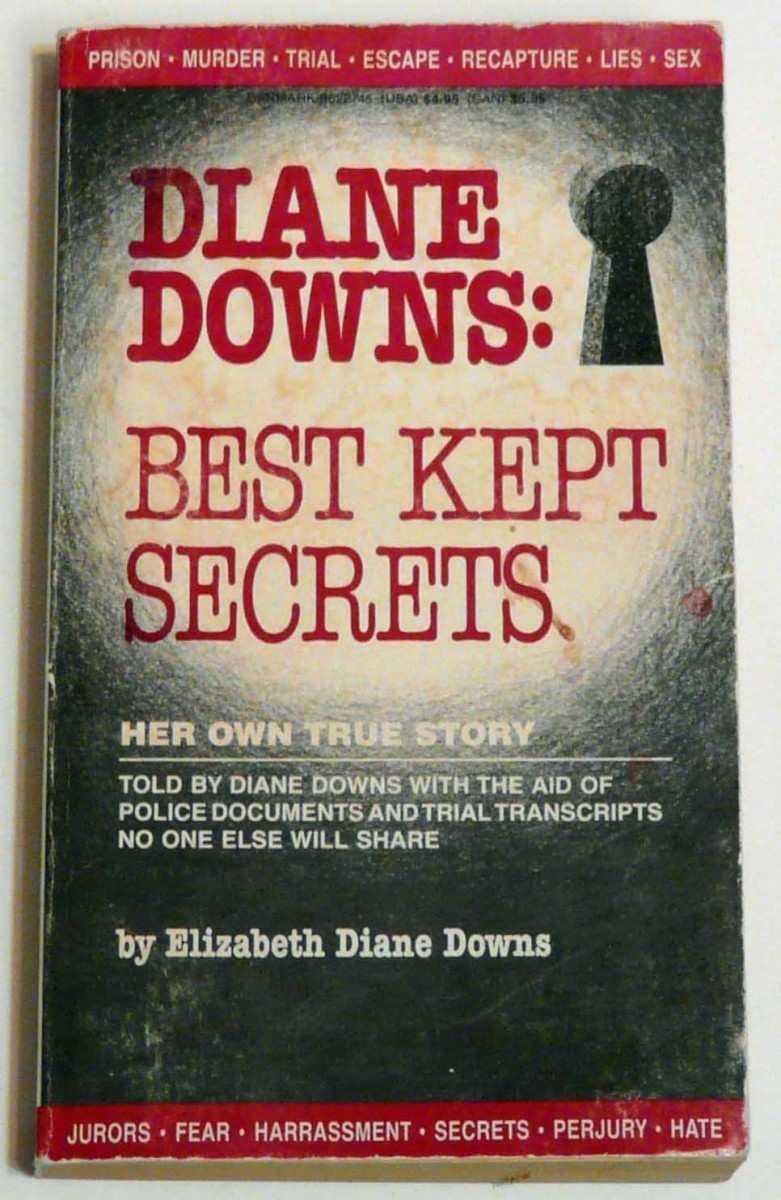
The forensic evidence did not match Elizabeth Downs’ story. There was no blood on the driver’s side of the car, nor was there any gunpowder residue on the driver’s door panel.
Robert Knickerbocker reported to police that Downs had stalked him and seemed willing to kill his wife if it meant that she could have him to herself. He also stated that he was relieved that Downs had left for Oregon and he was able to reconcile with his wife.
Elizabeth Downs did not tell police she owned a .22 caliber handgun, but both Steve Downs, her ex-husband and Knickerbocker, her ex-lover said she did own one.
Investigators later discovered she bought the handgun in Arizona and, although they were unable to find the actual weapon, they found unfired casings in her home with extractor markings from the same gun that shot the children
Most damaging, witnesses saw Downs’s car being driven very slowly toward the hospital at an estimated speed of five to seven mph, contradicting Downs’ claim that she drove to the hospital at a high speed after the shooting. Based on this and additional evidence, Downs was arrested nine months after the event, on February 28, 1984, and charged with murder and two counts each of attempted murder and criminal assault.
The Prosecution
Prosecutors argued that Elizabeth Downs shot her children to be free of them so she could continue her affair with Knickerbocker, who let it be known that he did not want children in his life.
Much of the case against Downs rested on the testimony of surviving daughter Christie, who, once she recovered her ability to speak, described how her mother shot all three children while parked at the side of the road and then shot herself in the arm. Christie was eight years old at the time of the murder and nine years old at the time of the trial.
Elizabeth Downs was found guilty on all charges on June 17, 1984, and sentenced to life in prison plus fifty years. Psychiatrists diagnosed Downs with narcissistic, histrionic and antisocial personality disorders. Most of her sentence is to be served consecutively. The judge made it clear that he did not wish Elizabeth Downs to ever regain her freedom.
The Aftermath
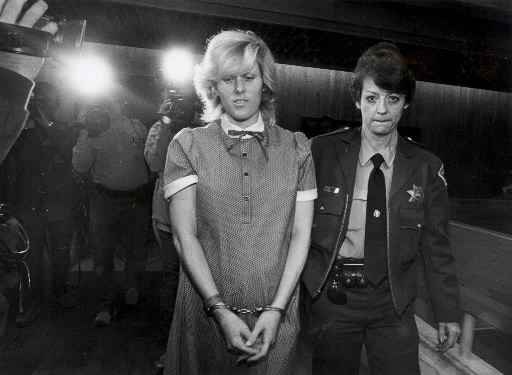
The surviving children eventually went to live with one of the prosecutors of the case, Fred Hugi. He and his wife Joanne adopted them in 1984.
Prior to her arrest and trial, Elizabeth Downs became pregnant with a fourth child and gave birth a month after her 1984 trial to a girl she named Amy. Ten days before her sentencing, the baby was seized by the State of Oregon and adopted soon after. She was renamed Rebecca “Becky” Babcock.
Downs escaped from the Oregon Women’s Correctional Center of the Oregon Department of Corrections on July 11, 1987, and was recaptured in Salem, Oregon on July 21. She received a five-year sentence for the escape.
After her escape, she was housed in the New Jersey Department of Corrections Clinton Correctional Institution. In 1994, after serving ten years, Elizabeth Downs was transferred to the California Department of Corrections and Rehabilitation. While in prison, Downs has earned an associate’s college degree in general studies. As of 2010, she is located in the Valley State Prison for Women.
Author Ann Rule wrote the book Small Sacrifices in 1987, detailing the life of Downs. A made-for-TV movie called Small Sacrifices, starring Farrah Fawcett as Elizabeth Downs, was released in 1989.
The First Parole Hearing
Elizabeth Downs’s sentence makes her eligible for parole consideration after serving 25 years. Under Oregon law, as a dangerous offender she will be eligible for a parole consideration hearing every two years until she is released or dies in prison.
In her first application for parole, in 2008, Elizabeth Downs reaffirmed her innocence. “Over the years,” she said, “I have told you and the rest of the world that a man shot me and my children. I have never changed my story.”
Downs’s first parole hearing was on December 9, 2008. Lane County District Attorney Douglas Harcleroad wrote to the parole board, “Downs continues to fail to demonstrate any honest insight into her criminal behavior…even after her convictions, she continues to fabricate new versions of events under which the crimes occurred.” She alternately refers to her assailants as a “bushy-haired stranger”, two men wearing ski masks or drug dealers and corrupt law enforcement officials.
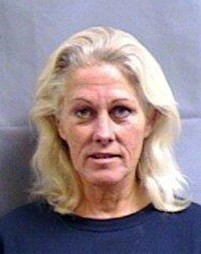
Downs participated in the hearing from the Valley State Prison for Women in Chowchilla, California. She was not permitted a statement, but answered questions from the parole board. After three hours of interviews and thirty minutes of deliberation, Diane Downs was denied parole. Downs was eligible to reapply for parole in 2010.
The Second Parole Hearing
Elizabeth Downs faced her second parole hearing on December 10, 2010. She was denied parole and, under a new law, will not be eligible for parole for another ten years. She will have to wait to apply for parole until March of 2021, when she will be 65 years old.
credit: murderpedia


